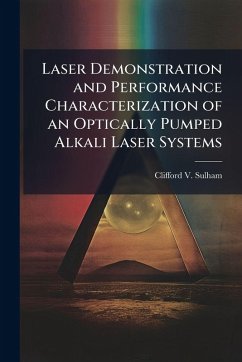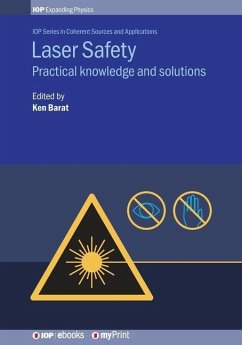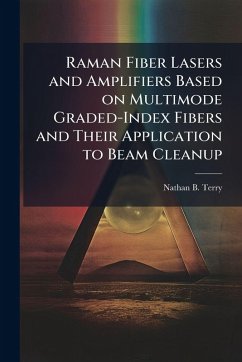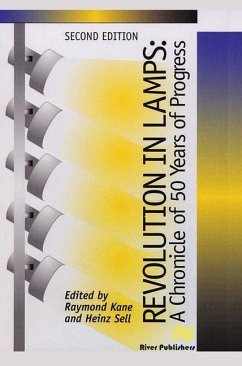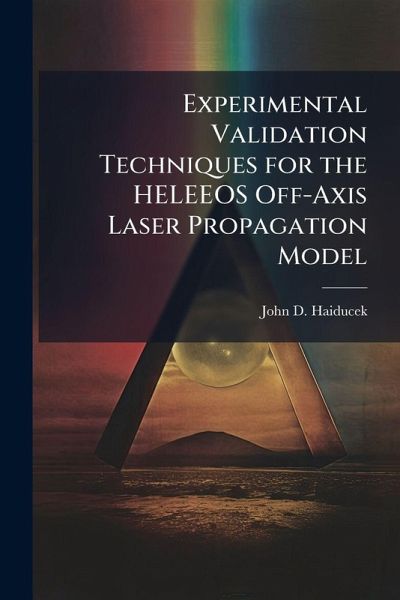
Experimental Validation Techniques for the HELEEOS Off-Axis Laser Propagation Model
Versandkostenfrei!
Versandfertig in über 4 Wochen
17,99 €
inkl. MwSt.
Weitere Ausgaben:

PAYBACK Punkte
9 °P sammeln!
The High Energy Laser End-to-End Operational Simulation (HELEEOS) off-axis scattering algorithm is designed to predict the irradiance that will be detected at a given off-axis location due to atmospheric scattering of a high-energy laser. The HELEEOS system models the propagation of the laser through the atmosphere, accounting for such effects as turbulence, thermal blooming, and atmospheric absorption. The HELEEOS off-axis scattering algorithm uses the scattering phase functions of the Mie scattering models to predict the amount of radiation that will be scattered toward a particular observat...
The High Energy Laser End-to-End Operational Simulation (HELEEOS) off-axis scattering algorithm is designed to predict the irradiance that will be detected at a given off-axis location due to atmospheric scattering of a high-energy laser. The HELEEOS system models the propagation of the laser through the atmosphere, accounting for such effects as turbulence, thermal blooming, and atmospheric absorption. The HELEEOS off-axis scattering algorithm uses the scattering phase functions of the Mie scattering models to predict the amount of radiation that will be scattered toward a particular observation location from each point along the beam path, and the total irradiance that will be received at that location. Algorithm outputs were compared with data from a laser test conducted at Wright-Patterson Air Force Base using 1.53-1.59 m communications lasers operating at 0.6 W of power. The off-axis irradiance was measured using an Indium Gallium Arsenide (InGaAs) camera. This work has been selected by scholars as being culturally important, and is part of the knowledge base of civilization as we know it. This work was reproduced from the original artifact, and remains as true to the original work as possible. Therefore, you will see the original copyright references, library stamps (as most of these works have been housed in our most important libraries around the world), and other notations in the work. This work is in the public domain in the United States of America, and possibly other nations. Within the United States, you may freely copy and distribute this work, as no entity (individual or corporate) has a copyright on the body of the work. As a reproduction of a historical artifact, this work may contain missing or blurred pages, poor pictures, errant marks, etc. Scholars believe, and we concur, that this work is important enough to be preserved, reproduced, and made generally available to the public. We appreciate your support of the preservation process, and thank you for being an important part of keeping this knowledge alive and relevant.



